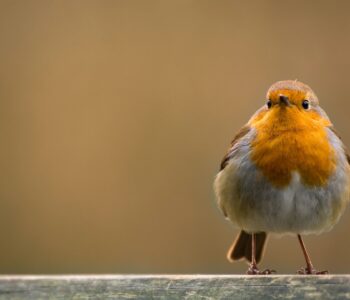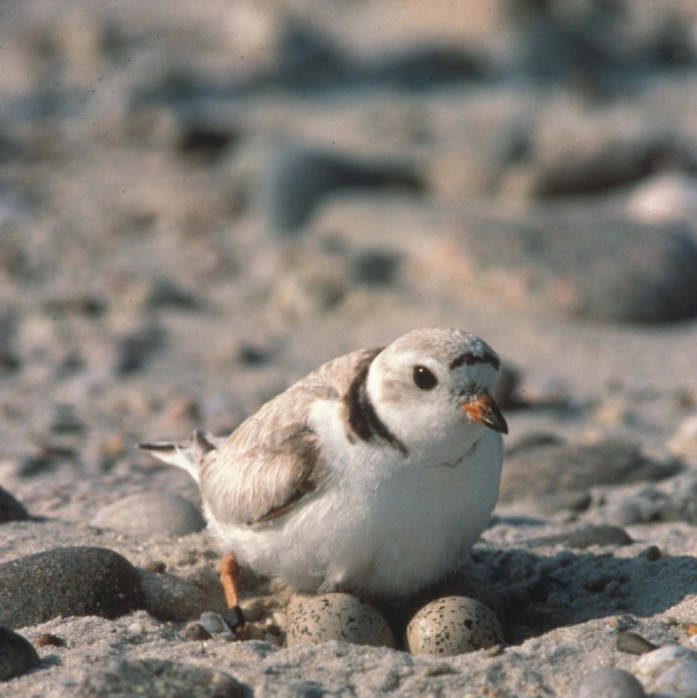 Birds
Birds
5 Resources to Attract Wildlife to Your Yard
Spring is around the corner! Now is the time to start planning for when you and your kids will be outside enjoying fun in the yard. Families will be again be spending a lot of time in their own yard this spring, so it’s the perfect opportunity to increase engagement with wildlife, insects, birds, frogs, and many other critters. There are 100’s of strategies you can employ to attract interesting critters to your yard and there is a plethora of information available to help you do it. Your effort will be rewarding by not only hours of enjoyment outside but will provide an easily accessible opportunity to connect your kids to wildlife and teach them about nature
Below are several resources that provide helpful ideas and instructions on how to plan your yard and gardens. It is important to plan ahead and choose plants, shrubs, and other installations that work well for attracting wildlife.
- Your state wildlife agency website. You will find guidance on appropriate trees, shrubs, and plants. You can find list of the different species of wildlife that live in your area.
- The National Wildlife Federation’s Backyard Habitat Program provides tons of great information on how to attract wildlife whether you “have an apartment balcony or 20-acre farm.” You can even qualify to become a certified wildlife habitat.
- The Natural Resource Conservation Service provides basic planning and a helpful list specific plants and trees to plant specifically to attract birds.
- The American Horticultural Society provides a to state master gardener associations. The state associations maintain a list of master gardeners and can provide contact information to those who do business in your area. A master gardener is a specialist and thoroughly trained to help you design, plan and install a garden. Many have a special interest in being ecologically sensitive and are trained accordingly.
- The National Audubon Society has resources dedicated to helping you design a bird-friendly yard. Its website provides advice and how-to tips on using native plants to attract wildlife, with a special emphasis on birds, of course!
Now is a great time to do some research, put a pencil to paper and start planning. Getting your kids involved at the planning stage is a great way to engage them and teach the process. Plus, they will have some terrific ideas on what they would like to see in the yard.
If you have helpful resources you would like to share, please share in the comments.
